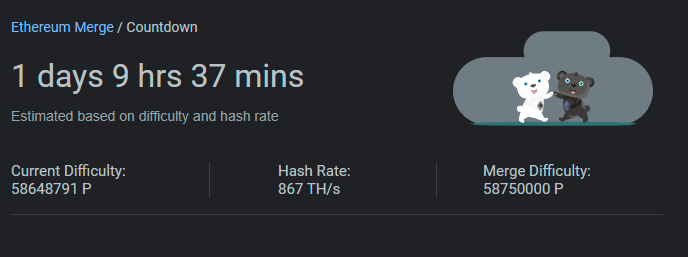Like Bitcoin, Ethereum had been approving new transactions on the blockchain with a consensus mechanism called proof of work, whereby “miners” race to solve hard math problems using huge amounts of computing power and are rewarded for their efforts in crypto. That approach consumes a lot of energy. It has also posed scaling challenges for Ethereum: network congestion drove up fees and slowed down processing rates, making the network too expensive for smaller transactions and hard to scale for larger ones.
Proof of stake, on the other hand, requires “validators” to put up a stake—a cache of ether tokens in this case—for a chance to be chosen to approve transactions and earn a small reward. The more a validator stakes, the greater the chance of winning the reward. But all staked ether will earn interest, which turns staking into something like buying shares or bonds without the computing overhead.
Decentralization––the idea that decision-making and control should be distributed rather than consolidated in a single authority—has always been key to Ethereum’s vision. But that ideal has been difficult to achieve with proof of work. Although the mechanism was intended to promote decentralization, in practice individuals or groups with access to significant computer power have dominated proof-of-work mining and reaped those benefits.

By reducing the required overhead for participation and cutting fees through efficiency improvements, switching to proof of stake could help Ethereum distribute transactions across a wider and more diverse set of validators and users. But power dynamics are still a concern. The minimum amount you can stake to become a validator is 32 ether (ETH), which is worth about $51,000 as of Wednesday afternoon, although individuals can join together in a staking pool to meet the requirement.